According to an FAA document that’s hot off the press, back in 2019 a major US cargo carrier asked the FAA for the nod to install surface-to-air missile defence systems on some of its narrow body jet aircraft.
The FAA was left scratching its head – there were no rules in place to allow them to respond with a yay, or even a nay. It is almost un-chartered territory for commercial aviation. So much so that they’re asking the public for feedback.
But with surface-to-air weaponry a growing threat to aviation in conflict zones around the world, why is flying higher or avoiding them our only line of defence, when these counter-measures could be installed as our last? After all, they work for the military. Why not for us?
The answer may not be so simple. So let’s take a closer look.
What do we mean by counter-measures?
Simply put, technology designed to deter surface-to-air missiles. How they achieve this depends on how the missile is guided. While there are different ways, the two biggest threats to civil aircraft are from missiles that use radar or heat.
Radar
Radar guided missiles tend to be more advanced. Which is why airspace warnings found around the world refer to ‘advanced’ anti-aircraft weaponry – they can fly further and higher. They need fancy equipment on the ground, and trained operators to deploy or use them. MH17 was shot down by a radar guided ‘Buk’ missile in 2014 at FL330.
The military’s answer to this is Chaff. Or in other words, a cloud of small thin pieces of metal, metallized glass or plastic to bamboozle the radar with a cluster of targets. The Chaff is then generally lit up or ‘illuminated’ by a signal from the target aircraft so that the radar can’t distinguish between the two.
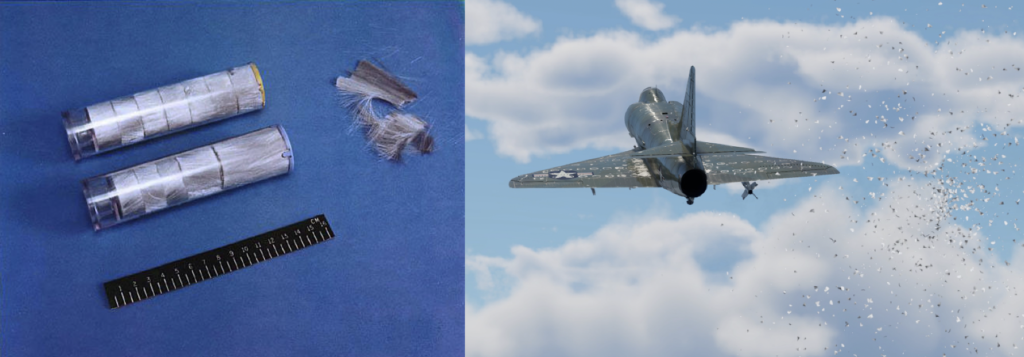
Chaff systems spread a cloud of small, thin pieces of radar reflective material.
Heat
This is the biggest danger. Why? Because the majority of MANPADS use it. MANPADS stands for ‘man portable air defence system’. As the name implies, they’re light, self-guided and can be fired by a single person with little or no training.
What’s worse is that they’re scattered around the globe in the hands of non-state actors such as terrorist groups and can remain useable in storage for over twenty years. Which is why they’re so hard to control. In fact, over a million of them have been produced and now exist in over one hundred countries the world over. Since 73’ there have been sixty-five MANPAD attacks on civilian aircraft.
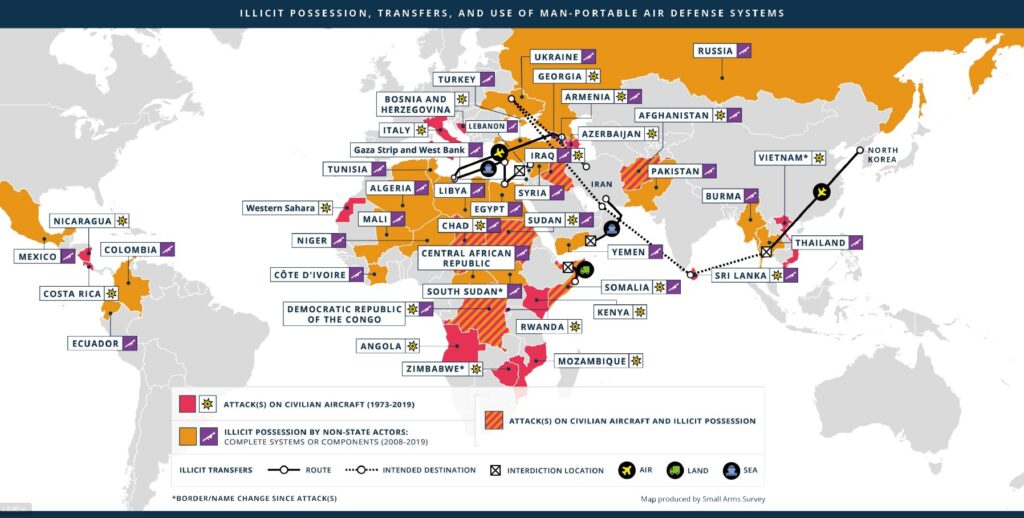
The possession of non-state actors with access to weapons such as MANPADS is cause for industry wide concern. Africa especially stands out. Courtesy: Small Arms Survey
MANPADS generally can’t reach aircraft above FL250, and are short range – typically around 25nm. Which is why aircraft landing and departing are most at risk.
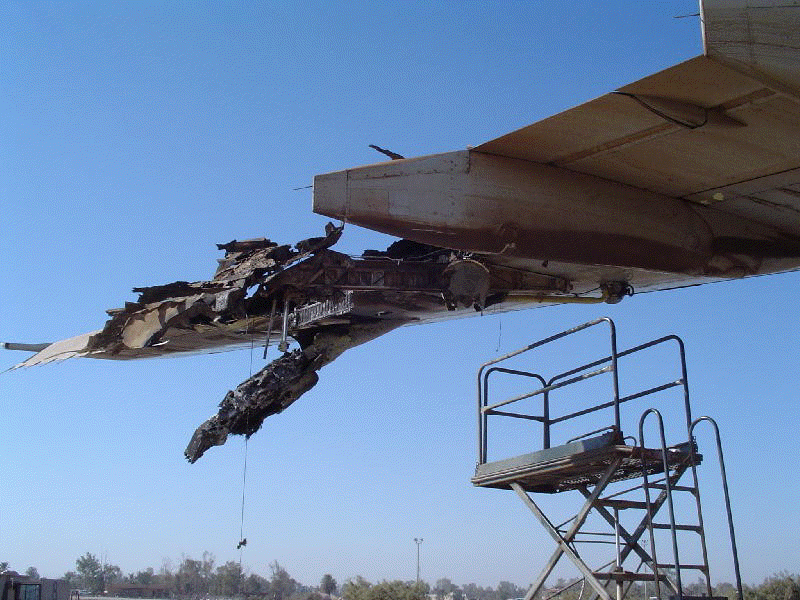
Aircraft are most at risk from MANPAD attack during take off and landing – like this A300 which took heavy damage to its wing departing Baghdad airport.
MANPAD missiles lock on to the heat an aircraft’s engines produce. Which is why they’re deterred with heat decoys. Military aircraft deploy flares – pyrotechnic devices that light up like fireworks. They burn magnesium which is far hotter than an engine’s exhaust.
Another method is the use of infrared. This is what our friends at the cargo airline are hoping to use. There are no fireworks with this device. Instead, it can detect an inbound missile and direct an infrared beam towards it to confuse its heat seeking abilities.
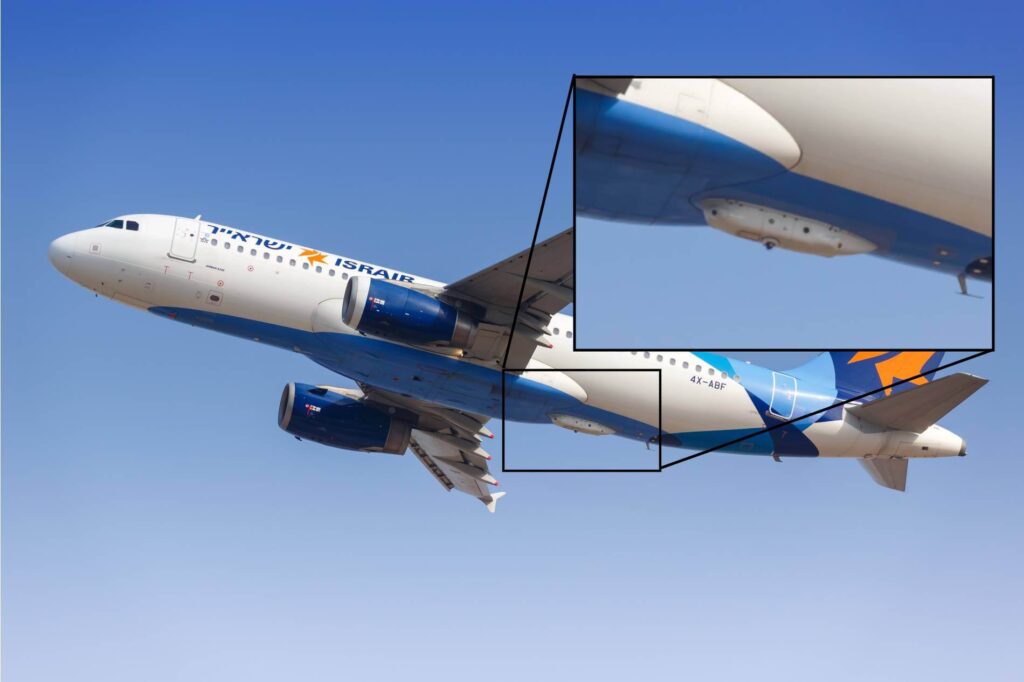
The recent application to the FAA was to install infrared pods like this one. The problem for the industry is cost.
Sounds great, sign me up.
The problem for civil aviation is that it is not the military.
For starters there’s the cost – which sadly is astronomical. That old chestnut. For instance, an infrared system like the one above would cost over a million USD to install – per airplane. This doesn’t include the extra cost of more weight and more drag.
Then there are the fireworks – chaff and flares. The military have specialists to install, service and store the equipment and the infrastructure to do it safely. And they are acutely aware of things that explode. Maintaining an industry-wide team of professionals who have the right training might be a step too far.

Large numbers of highly trained technicians would be needed for the industry to maintain flare and chaff systems.
But here’s what the FAA are most concerned about. What happens if these systems deploy at the wrong time or accidentally? Especially over built-up areas, on the ground at airports or onboard an aircraft itself. Magnesium, for example, burns at four thousand degrees fahrenheit and can’t be extinguished with water or halon. It’s dangerous stuff.

Magnesium flares burn extremely hot and cannot be put out with water or halon. Which is why accidental activations are a major concern on the ground, and aboard the aircraft.
Israel’s carrier El Al has previously installed missile counter-measures on their aircraft which were banned from operating at some European airports.
All of these factors add up to risk and cost. And when measured against the actual risk of an aircraft being actively attacked by a surface-to-air missile, it may simply be cheaper to rely on existing measures. In other words, avoidance.
Finding the right fit.
This doesn’t mean all hope is lost. There is likely some type of future for military style counter-measures in civilian aircraft – for the right operation. Operators with small numbers of aircraft who regularly fly in high-risk airspace could immediately benefit from current tech, such as infrared systems without necessarily bankrupting themselves.
Or we can wait for the tech to become cheaper and more accessible. As is often the case, technology can develop from a military application into a civilian one. We just might not be ready for a straight swap just yet.
Back to the FAA.
It sounds like they think there is a future in it too. And work is underway to come up with a plan to approve applications for infra-red anti-missile systems on civil aircraft. This will include special safety conditions to mitigate some of the threats along with standard markings, training and other info to keep people interacting with these systems safe.
Want to contribute? You can read the FAA’s proposal here, and submit your comments. Just make sure you do it before March 4.
More on the topic:
- More: Why are we still flying airline passengers over war zones?
- More: The risks posed to civil aircraft by surface-to-air missiles
- More: European air traffic warned over Syria strikes
- More: Feb 2018: Tel Aviv Airport closes as a precaution against attack
- More: Missile attack on OERK/Riyadh was “warning shot”, other airports now targets
More reading:
- Latest: Crossing the Quiet South: From Australia to Argentina
- Latest: Major runway shutdowns ahead at KVNY/Van Nuys
- Latest: New FAA Airspace Warnings for Venezuela and Puerto Rico
- Safe Airspace: Risk Database
- Weekly Ops Bulletin: Subscribe
- Membership plans: Why join OPSGROUP?



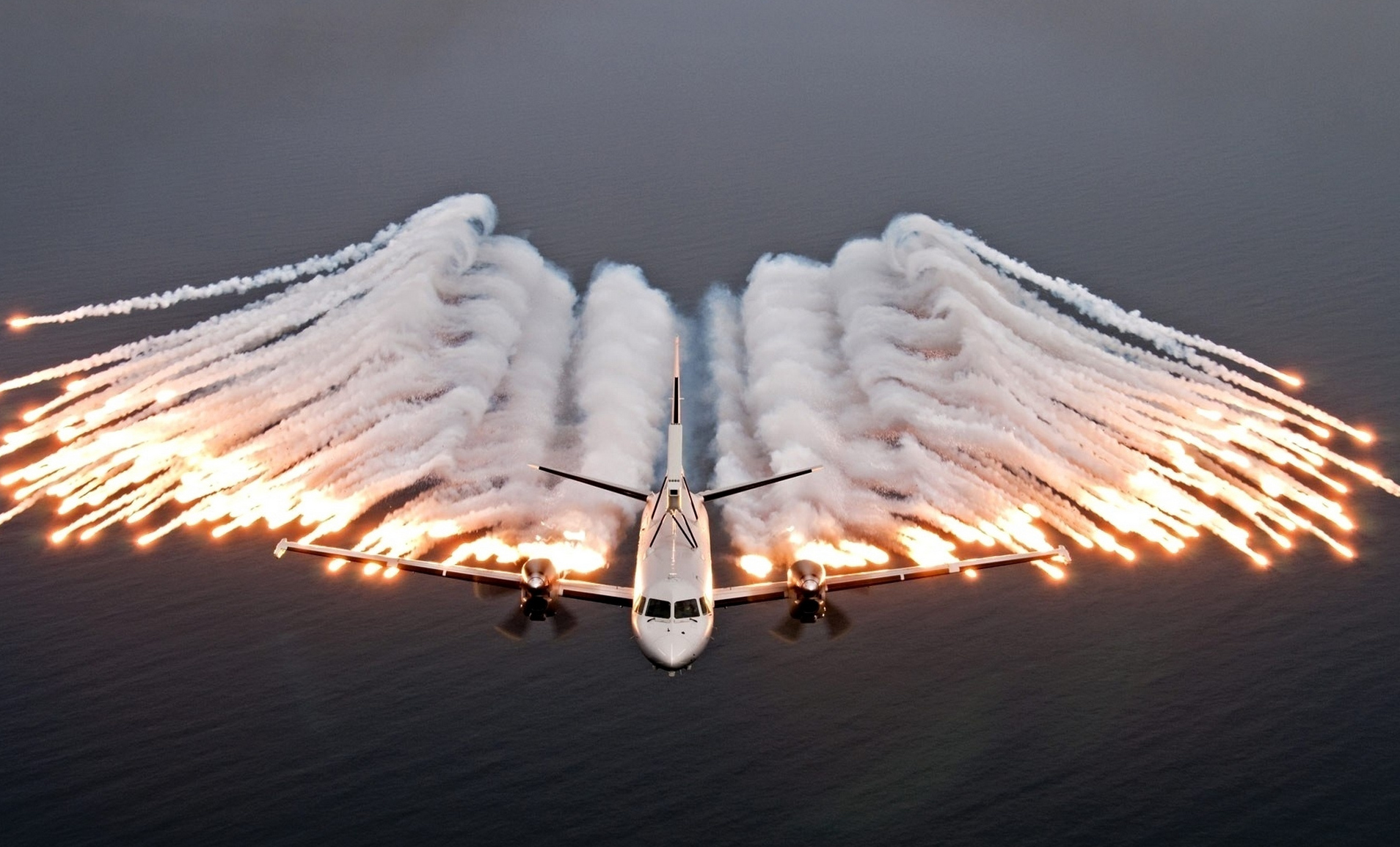







 Get the famous weekly
Get the famous weekly 






Yes good idea of putting anti missile to the passenger aircraft .
But the is to be done sine in the manufacture so that at least it would be uniform as big as small passenger aircraft example like C208 Single Engine.